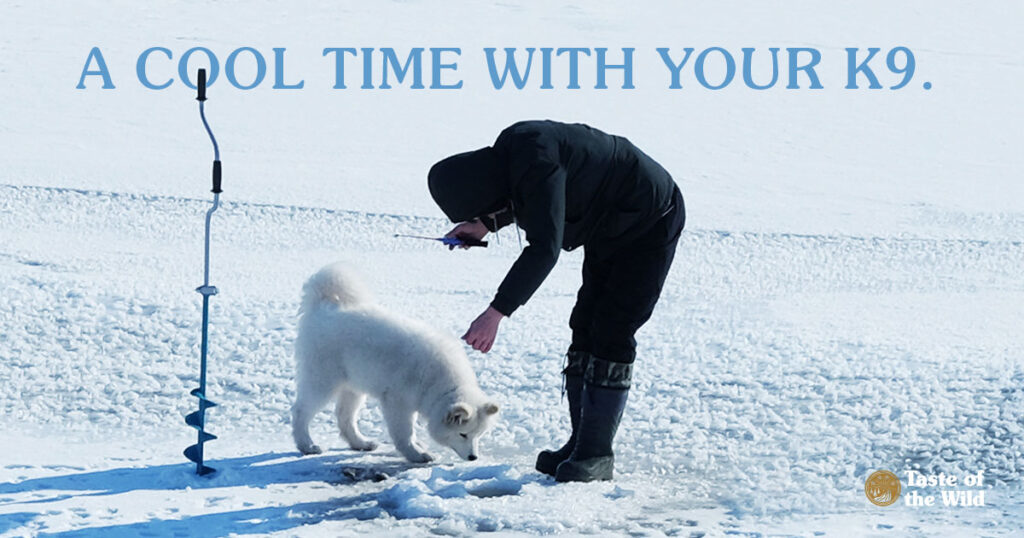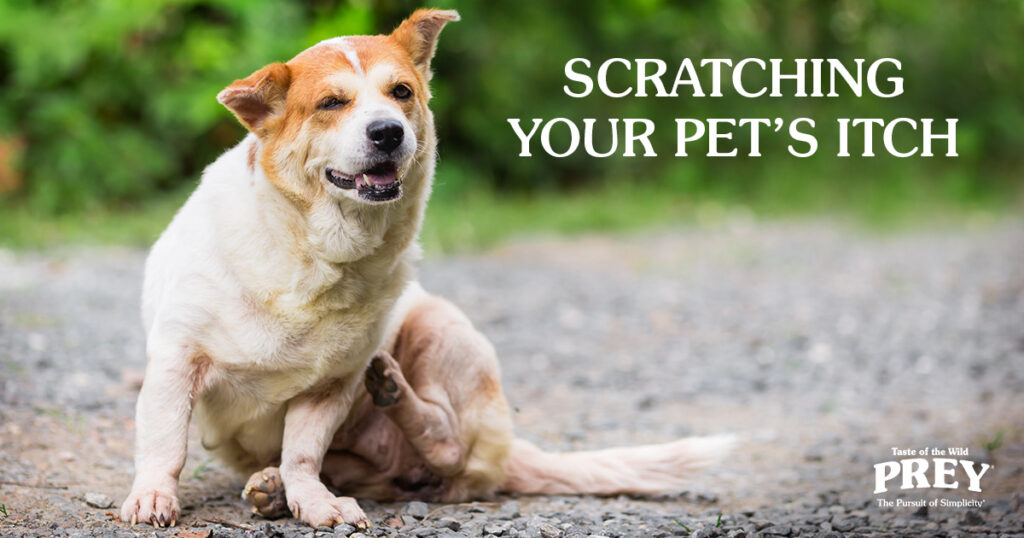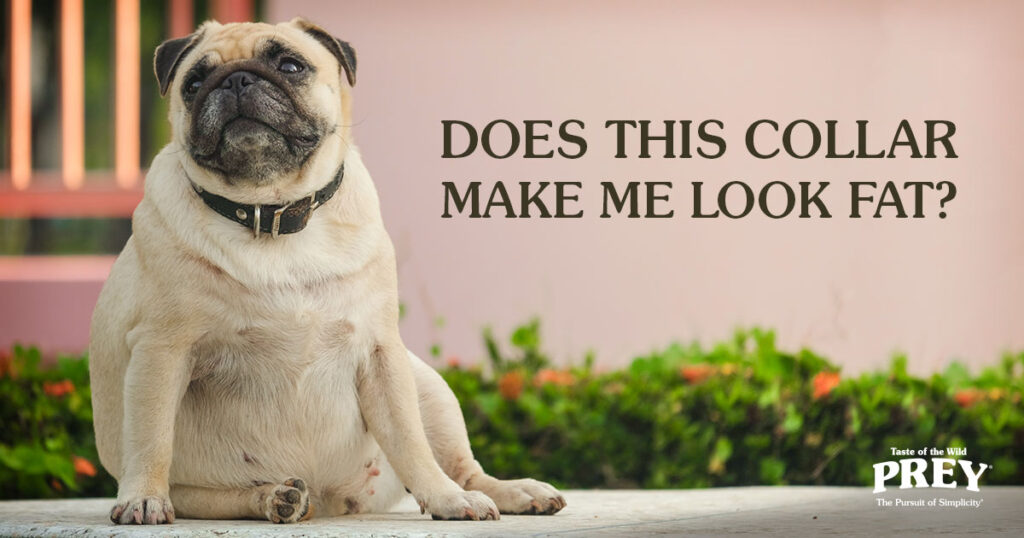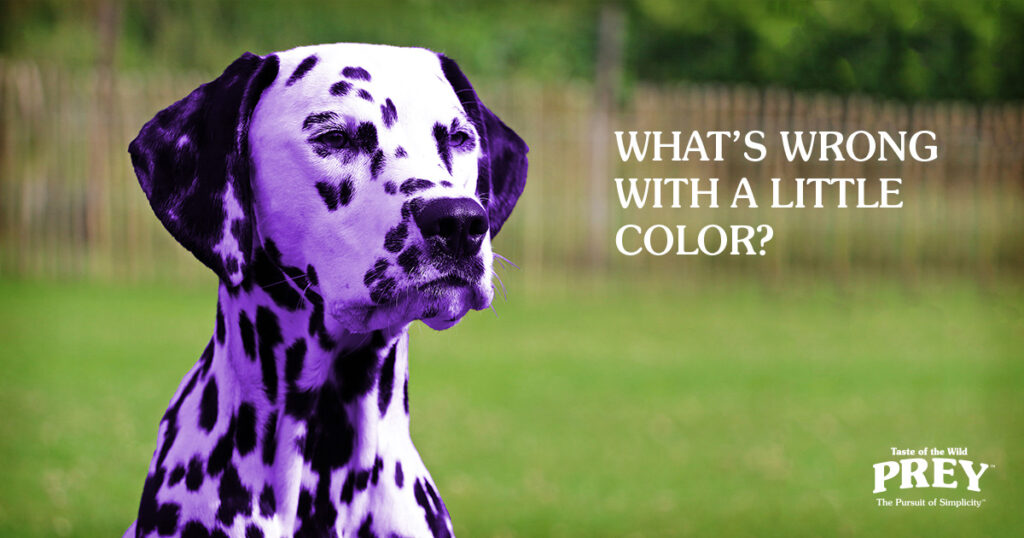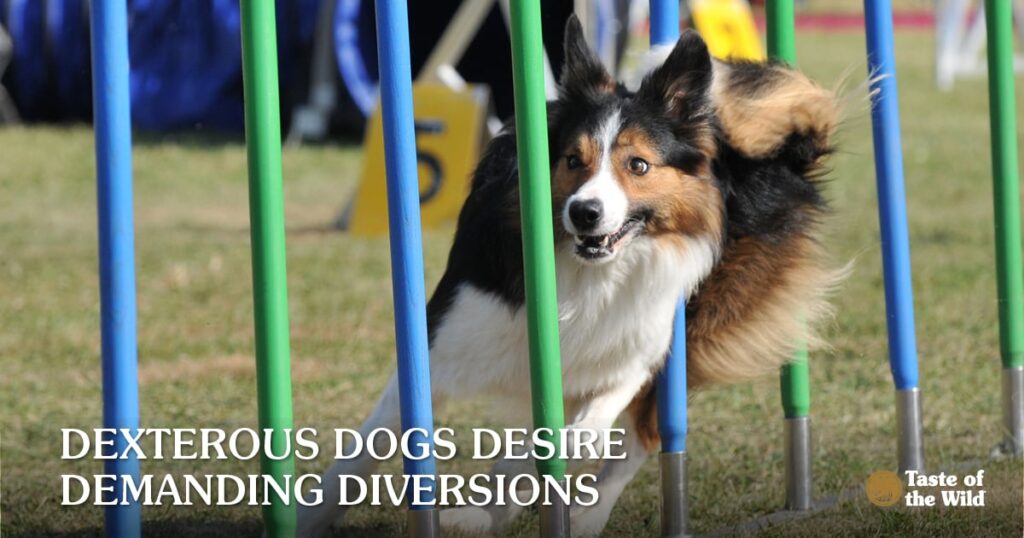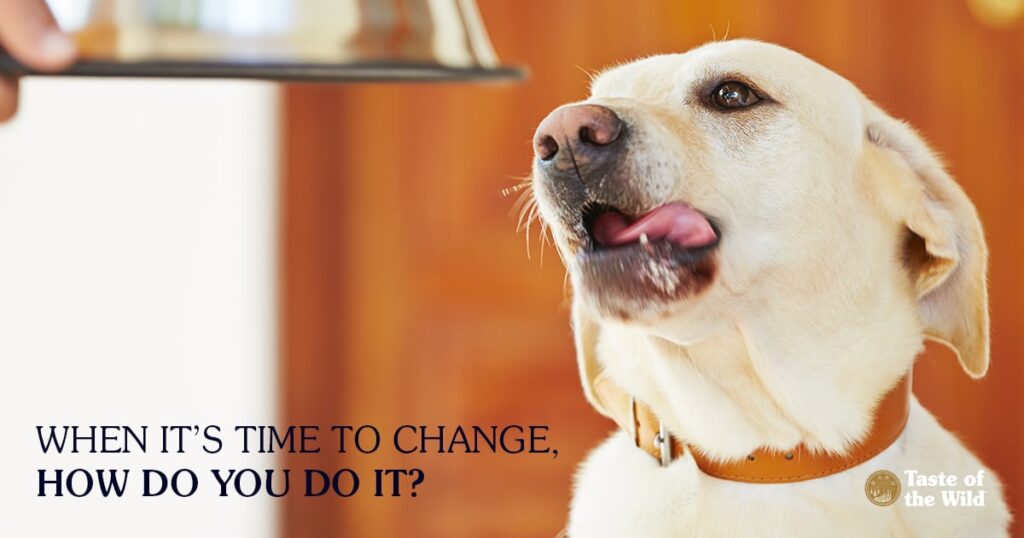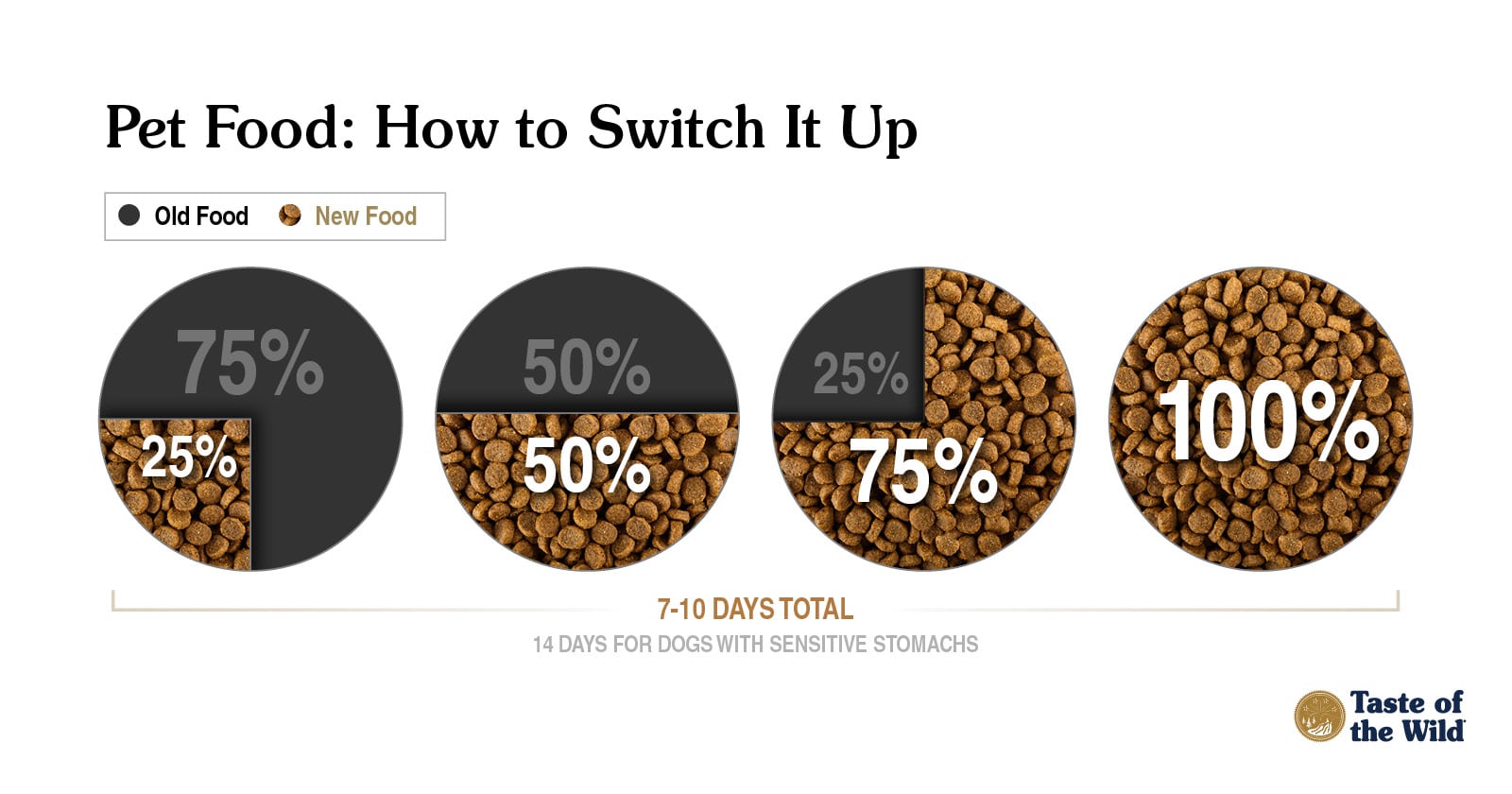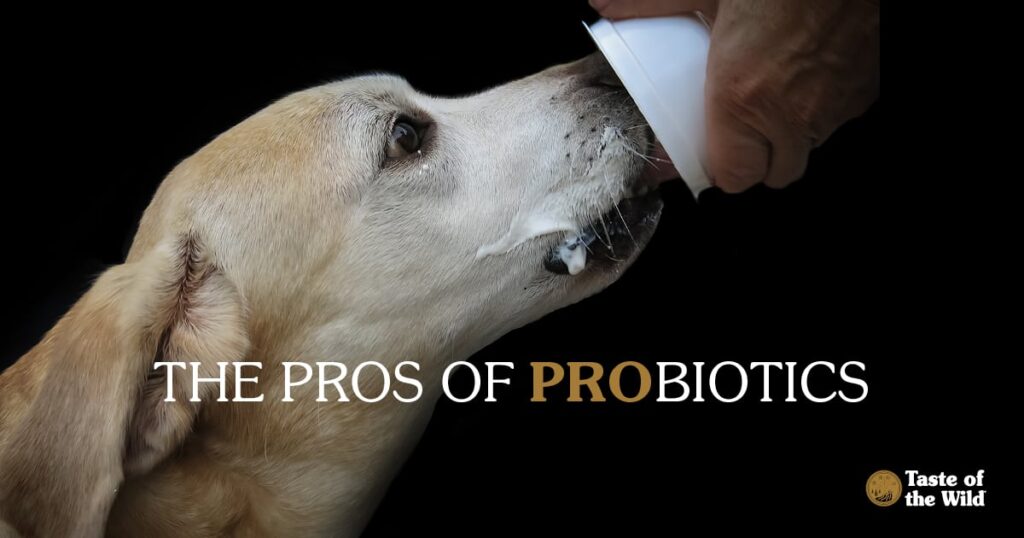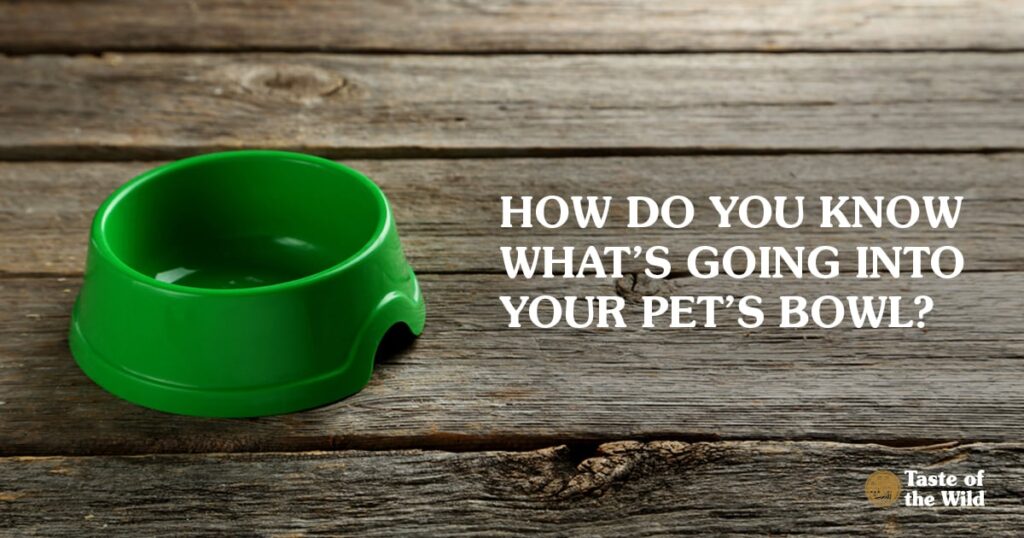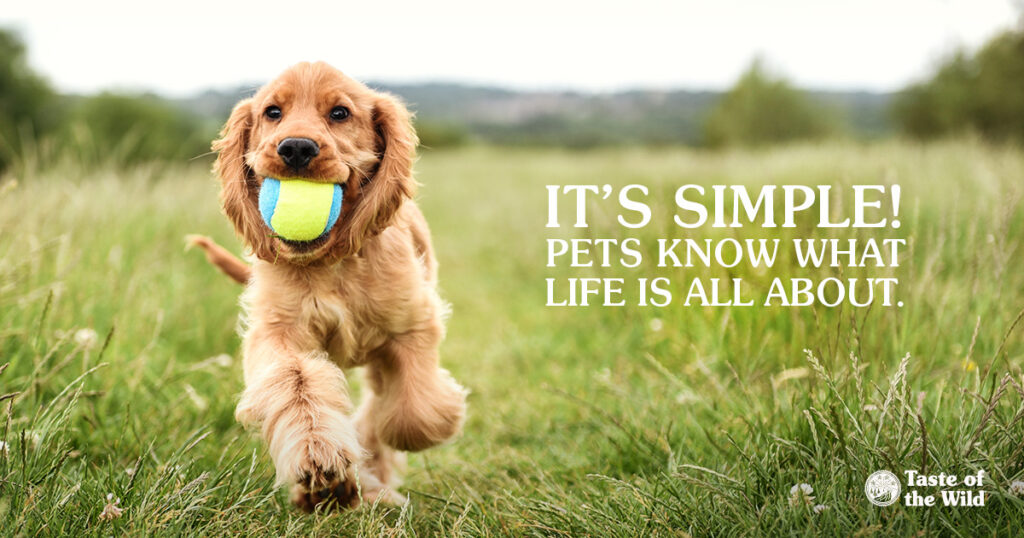
Ah, the carefree life of a dog or cat. Naps in a sliver of sunlight. Meals served to you without having to lift a paw. Tummy rubs. No stressful job, unhappy relationship or unpaid bills. What’s not to love?
If only your life could be less complicated. Well, maybe it can be! If we take a few cues from our best four-legged friends, we’d be surprised at what we can learn about living simply. Here are a few behaviors we can adopt to help create a healthier, more relaxing lifestyle.
Unplug. Pets get along just fine without digital devices. Turn off your smartphone. Back away from your laptop. And lock up your remote. Devote time each day to an analog activity — like journaling, woodworking, photography or swimming — and experience the bliss of doing something you love without constant interruptions.
Play outside. Escape the couch, open the door and fill your lungs with fresh air. Saunter around the neighborhood or go to a nearby park (your pet would be happy to accompany you). Take up running, biking or any other activity that gets your body moving outside on a regular basis.
Wag more. Show people they make you happy. Welcome family members home with a hug at the door. Chances are, they’ll return the favor when you come home, too.
Minimize. Your pet doesn’t need a million different toys and neither do you. Purge and declutter your house. Choose only the things that are most important or useful to you and get rid of everything else.
Walk. Pets just don’t understand the concept (or need for) cars. The next time you need to run a short errand, leave the car keys behind. Stroll to the nearby hardware store or coffee shop. And like your pet, be open to meeting new friends along the way.
Practice clean eating. Simplify your eating. Savor whole, natural and real foods that aren’t processed or refined. Better yet, buy locally where you can be more informed about the way your food is raised. Many pet owners are now doing the same for their dogs and cats with limited ingredient diets.
One thing at a time. Have you ever witnessed your cat totally engrossed with the bird feeder outside the window? Or the way your dog gnaws on a toy for an entire hour? Their satisfaction may come, in part, from the fact that they’re not multitasking. (A good resolution to make yourself.)
Roll in the snow (or grass, or dirt or whatever you prefer). Stretch out in the yard and watch the birds flitting through the trees. Make a snow angel.
Explore your sense of smell. Close your eyes and really appreciate the scent of fresh laundry, pine needles, dark coffee or popovers baking in the oven.
Snuggle. And of course, as your dog or cat would tell you, there’s nothing better than cuddling up with someone you love.


